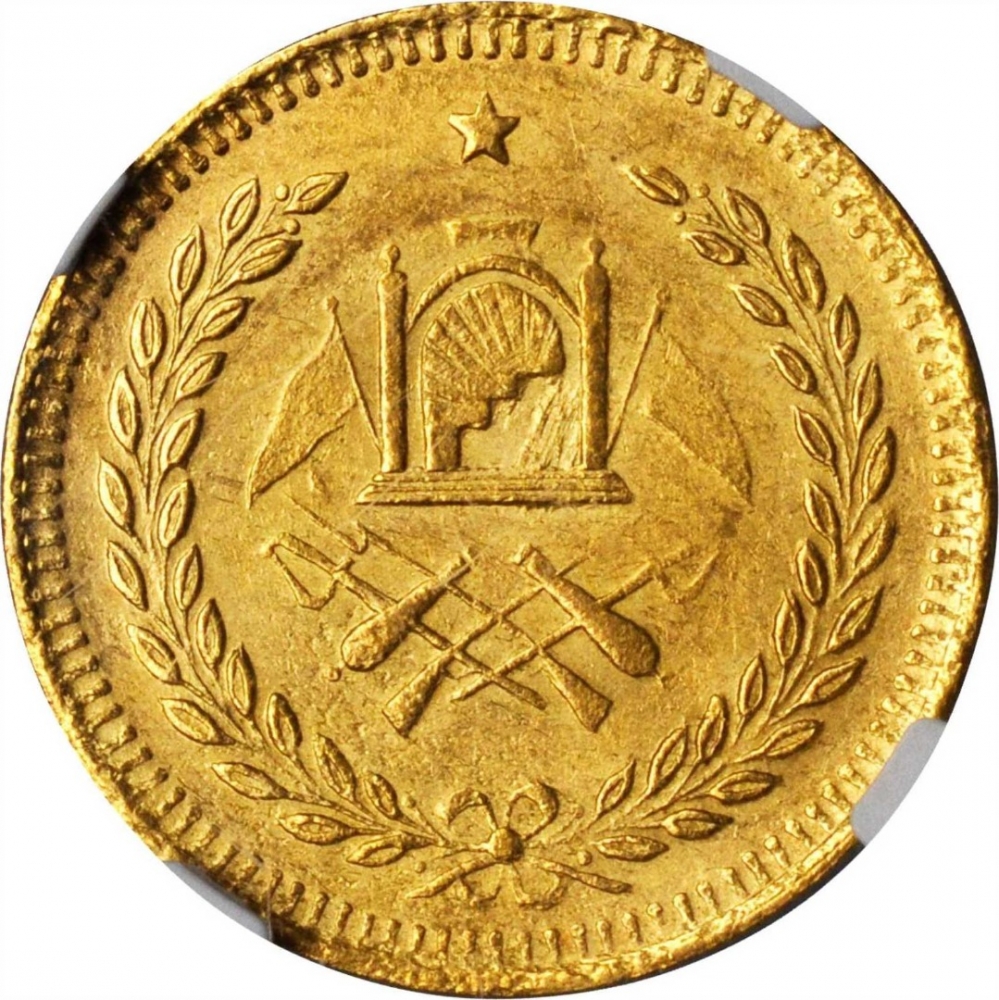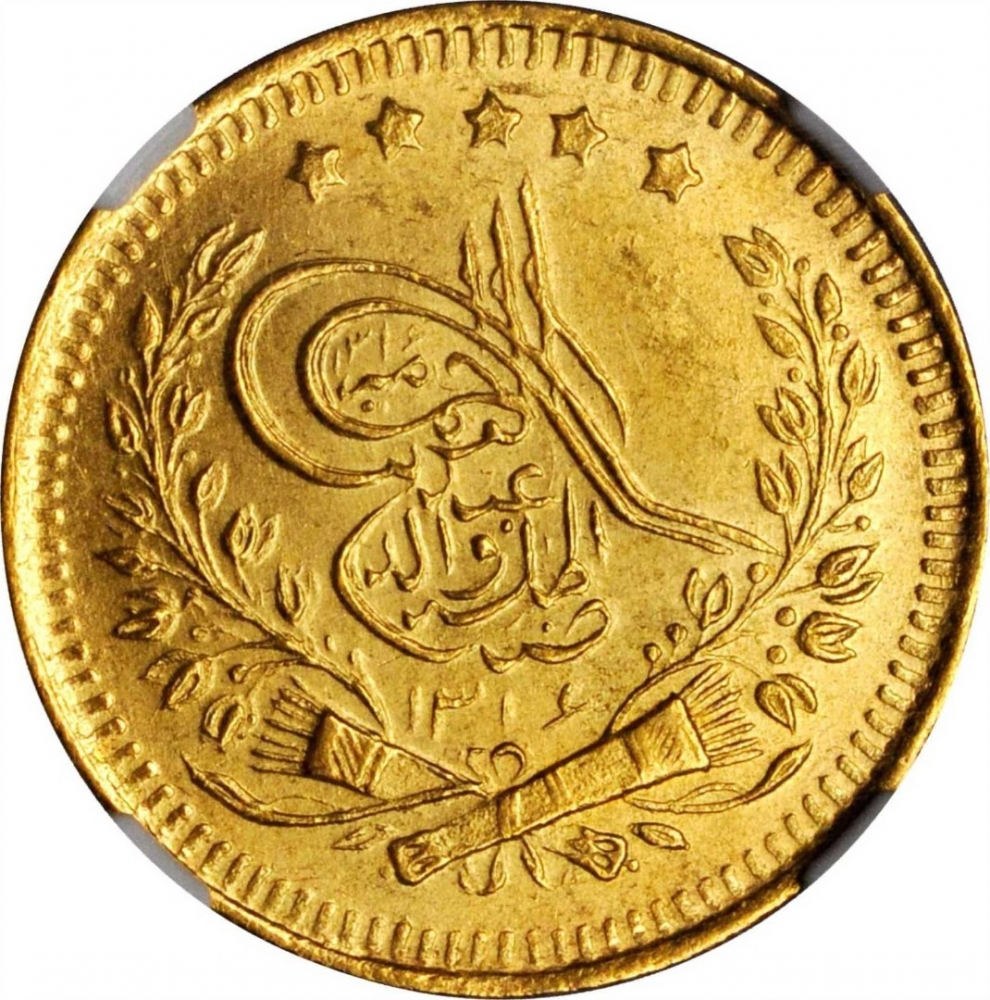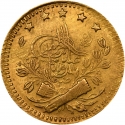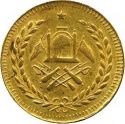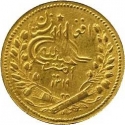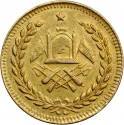You are about to finish your registration. Please check your mailbox (including spam folder). There should be a letter with a confirmation link. Check setting to make sure that your e-mail address is correct.
Send letter againDescription
Abdur Rahman Khan (c. 1840 – 1901), known as The Iron Amir, ruled Afghanistan from 1880 until his death in 1901. He unified the country after years of internal conflict and negotiated the Durand Line Agreement with British India. As the son of Mohammad Afzal Khan and grandson of Dost Mohammad Khan, founder of the Barakzai dynasty, Abdur Rahman Khan reasserted Afghan government control following the second Anglo-Afghan war. His reign was marked by military despotism, a strong army, and extensive espionage. Known for quelling over 40 rebellions, his rule was described as a "reign of terror" with up to 100,000 judicial executions, mass starvations, and forced migrations. Despite his harsh methods, he is considered one of Afghanistan's greatest military leaders.
Obverse

|
Depicts the emblem of the Emirate of Afghanistan, a five-pointed star at the top. ★ |
|---|---|
Reverse

|
Depicts the tughra in Amir Abdur Rahman's name with his title below (Zia al-Mullat wa al-Din = Light of the Religion) the date of accession in Lunar Hijri in the loop of the tughra and below also surrounded by a wreath of flowers tied with ribbon and large crossed quivers below, 5 "five-pointed star" at the top. ★★★★★ |
| Edge |
